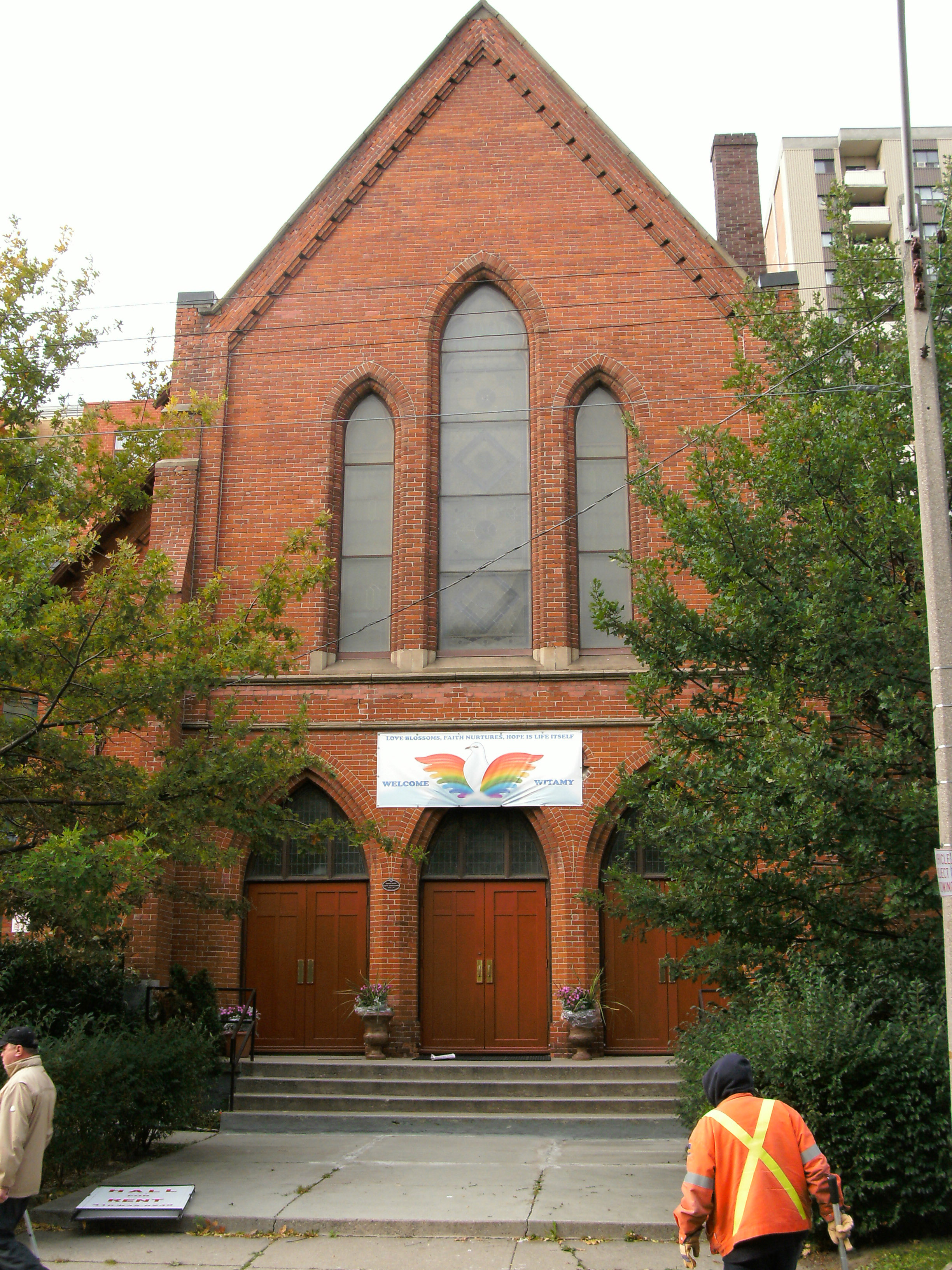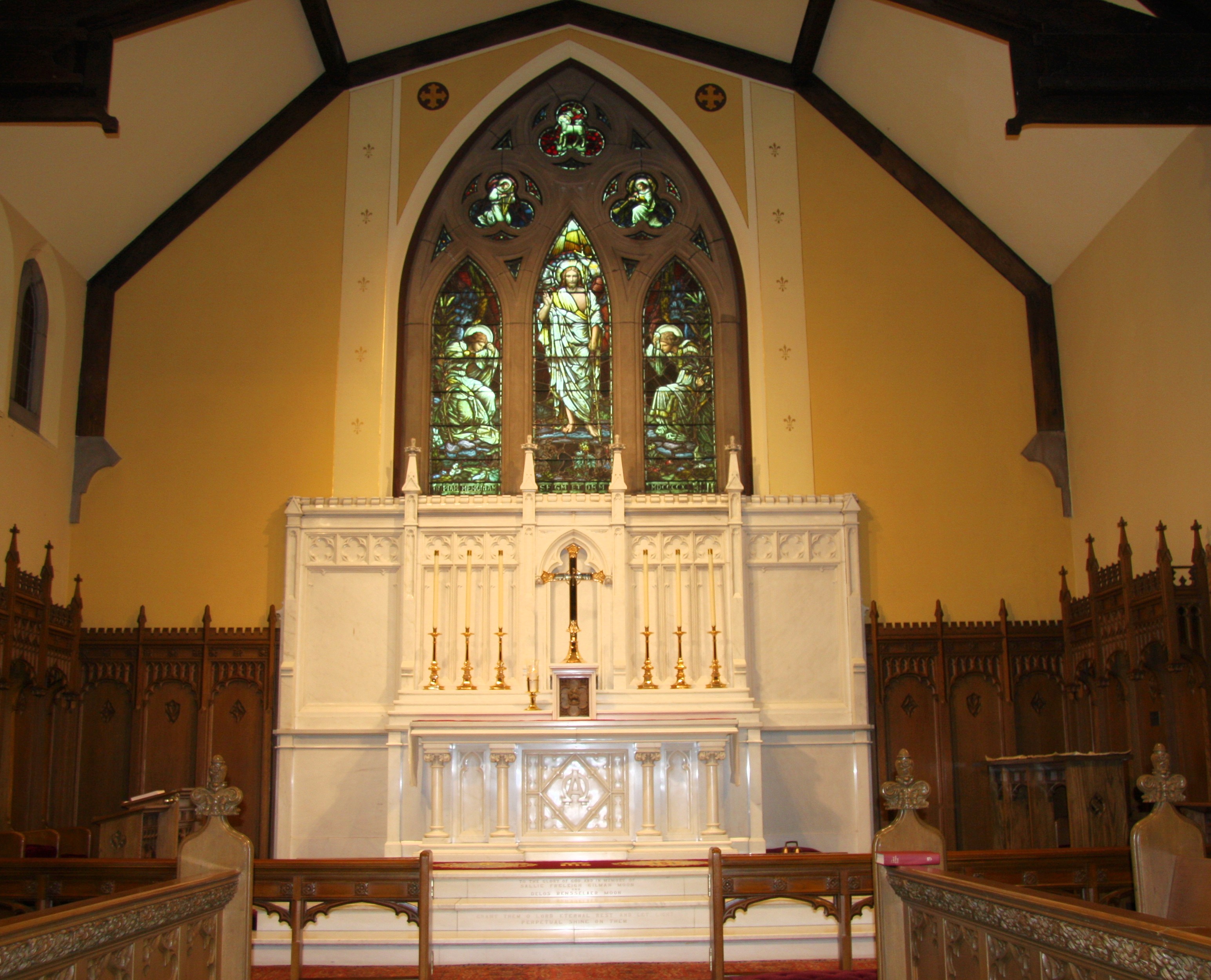|
Reginald Heber Weller
Reginald Heber Weller, Jr. (November 6, 1857 – November 22, 1935) was an Episcopal priest and bishop active in the ecumenical movement, establishing a dialogue among Protestant, Catholic, and Eastern Orthodox Christians. Early life The son of an Episcopal priest, Reginald Heber Weller, Jr., was born in Jefferson City, Missouri or Jacksonville, Florida"Wisconsin Births and Christenings, 1826-1926," database, FamilySearch (https://familysearch.org/ark:/61903/1:1:XRT1-3HG : 12 December 2014), R. H. Weller in entry for Weller, 06 Oct 1891; citing Stevens Point, Portage, Wisconsin, reference cn 177; FHL microfilm 1,305,144. on November 6, 1857. He was educated in Florida, where his family moved when he was a boy. After attending the University of the South at Sewanee, Tennessee, Weller received his degree of Bachelor of Divinity at Nashotah House in 1884. He was ordained deacon in 1880. He was ordained a priest in 1884 at All Saints’ Mission, Providence, Rhode Island, after serv ... [...More Info...] [...Related Items...] OR: [Wikipedia] [Google] [Baidu] |
Episcopal Diocese Of Fond Du Lac
The Diocese of Fond du Lac is a diocese of the Episcopal Church in the United States of America, encompassing the northeastern third of Wisconsin. The diocese contains about 3,800 baptized members worshiping in 33 locations. It is part of Province 5 (the upper Midwest). Diocesan offices are in Appleton, Wisconsin as are the diocesan Archives. Matthew Gunter is its bishop.Matthew Alan Gunter consecrated eighth bishop of Fond du Lac , Episcopal News Service, April 30, 2014. Retrieved May 5, 2014. History The roots of the Diocese of Fond du Lac are in 1822 when the Oneida Indians, removing from New York state, settle ...[...More Info...] [...Related Items...] OR: [Wikipedia] [Google] [Baidu] |
Deacon
A deacon is a member of the diaconate, an office in Christian churches that is generally associated with service of some kind, but which varies among theological and denominational traditions. Major Christian churches, such as the Catholic Church, the Oriental Orthodox Churches, the Eastern Orthodox Church, the Scandinavian Lutheran Churches, the Methodist Churches, the Anglican Communion, and the Free Church of England, view the diaconate as an order of ministry. Origin and development The word ''deacon'' is derived from the Greek word (), which is a standard ancient Greek word meaning "servant", "waiting-man", "minister", or "messenger". It is generally assumed that the office of deacon originated in the selection of seven men by the apostles, among them Stephen, to assist with the charitable work of the early church as recorded in Acts of the Apostles chapter 6. The title ''deaconess'' ( grc, διακόνισσα, diakónissa, label=none) is not found in the Bib ... [...More Info...] [...Related Items...] OR: [Wikipedia] [Google] [Baidu] |
Mitre
The mitre (Commonwealth English) (; Greek: μίτρα, "headband" or "turban") or miter (American English; see spelling differences), is a type of headgear now known as the traditional, ceremonial headdress of bishops and certain abbots in traditional Christianity. Mitres are worn in the Catholic Church, Eastern Orthodox Church, Oriental Orthodox Churches, the Anglican Communion, some Lutheran churches, for important ceremonies, by the Metropolitan of the Malankara Mar Thoma Syrian Church, and also, in the Catholic Church, all cardinals, whether or not bishops, and some Eastern Orthodox archpriests. Etymology μίτρα, ''mítra'' ( Ionic μίτρη, ''mítrē'') is Greek, and means a piece of armour, usually a metal guard worn around the waist and under a cuirass, as mentioned in Homer's Iliad. In later poems, it was used to refer to a headband used by women for their hair; and a sort of formal Babylonian headdress, as mentioned by Herodotus (''Histories'' 1.195 and ... [...More Info...] [...Related Items...] OR: [Wikipedia] [Google] [Baidu] |
Cope
The cope (known in Latin as ''pluviale'' 'rain coat' or ''cappa'' 'cape') is a liturgical vestment, more precisely a long mantle or cloak, open in front and fastened at the breast with a band or clasp. It may be of any liturgical colour. A cope may be worn by any rank of the clergy. If worn by a bishop, it is generally accompanied by a mitre. The clasp, which is often highly ornamented, is called a ''morse''. In art, angels are often shown wearing copes, especially in Early Netherlandish painting. History There has been little change in the character of the vestment from the earliest ages. Then as now it was made of a piece of silk or other cloth of semicircular shape, which distinguished it from the earlier form of chasuble, as a chasuble had straight edges sewn together in front. Both are similar in form and origin to the Orthodox phelonion. The only noticeable modification which the cope has undergone lies in the disappearance of the hood. Some early examples featur ... [...More Info...] [...Related Items...] OR: [Wikipedia] [Google] [Baidu] |
Polish National Catholic Church
The Polish National Catholic Church (PNCC) is an independent Old Catholic church based in the United States and founded by Polish-Americans. The PNCC is not in communion with the Roman Catholic Church.http://www.saplv.com/wp-content/uploads/2021/08/2021-0819-Kotas-Diocesan-Parish-Website-Posting.pdf Since 2004, the PNCC is no longer in communion with the Union of Utrecht. The organisation is now part of the Union of Scranton. The church has around 26,000 members in five dioceses in the United States and Canada. The five dioceses are Buffalo-Pittsburgh, Central, Eastern, Western and Canada. History During the late 19th century, many Polish immigrants to the U.S. became dismayed with the hierarchy of the Roman Catholic Church. The U.S. church had no Polish bishops and few Polish priests, and would not allow the Polish language to be taught in parish schools. The mainly ethnic Irish and German bishops helped establish hundreds of parishes for Poles, but priests were usually ... [...More Info...] [...Related Items...] OR: [Wikipedia] [Google] [Baidu] |
Saint Tikhon
Tikhon (russian: Ти́хон, uk, Ти́хон, Ти́хін, pl, Tychon) is a Slavic male given name of Greek origin, related to Western European Tycho. * Tikhon Bernstam (born 1979), American Internet entrepreneur * Tikhon Chicherin (1869–1904), Russian entomologist * Tikhon Dzyadko (born 1987), Russian journalist *Tikhon Khrennikov (1913–2007), Soviet composer * Tikhon Kiselyov (1917–1983), Soviet Belarusian statesman * Tikhon Moiseev (born 1978), Russian mathematician * Tikhon Streshnev (1649–1719), Russian nobleman and statesman *Tikhon Zhiznevsky (born 1988), Russian stage actor Religious figures: *Patriarch Tikhon of Moscow (1865–1925) *Tikhon Mollard (born 1966) * Tikhon (Shevkunov) (born 1958) * Tikhon (Zaitsev) (born 1967) * Tikhon of Kaluga (ca. 1400–1492) *Tikhon of Zadonsk (1724–1783) See also * Eastern Slavic naming customs Eastern Slavic naming customs are the traditional way of identifying a person's given name and patronymic name in Russia ... [...More Info...] [...Related Items...] OR: [Wikipedia] [Google] [Baidu] |
Russian Orthodox
Russian Orthodoxy (russian: Русское православие) is the body of several churches within the larger communion of Eastern Orthodox Christianity, whose liturgy is or was traditionally conducted in Church Slavonic language. Most Churches of the Russian Orthodox tradition are part of the Eastern Orthodox Church. Origin Historically, the term "Greek Orthodox" has been used to describe all Eastern Orthodox churches, since the term "Greek" can refer to the heritage of the Byzantine Empire. However, after the fall of Constantinople, the Greek influence decreased. Having lost its Christian '' basileus'' after the Turkish conquest, Constantinople, as a center of power, lost a significant part of its authority. On the other hand, the Moscow rulers soon began to consider themselves real '' Tsars'' (this title was already used by Ivan III), and therefore, according to them, the center of the Eastern Orthodox Church should be located in Moscow, and thus the bishop of Mo ... [...More Info...] [...Related Items...] OR: [Wikipedia] [Google] [Baidu] |
Coadjutor
The term coadjutor (or coadiutor, literally "co-assister" in Latin) is a title qualifier indicating that the holder shares the office with another person, with powers equal to the other in all but formal order of precedence. These include: * Coadjutor bishop, or Coadjutor archbishop * Coadjutor vicar, or Coadjutor apostolic vicar * Coadjutor eparch, or Coadjutor archeparch * Coadjutor exarch, or Coadjutor apostolic exarch Overview The office is ancient. "Coadjutor", in the 1883 ''Catholic Dictionary'', says: Another source identifies three kinds of coadjutors: :(1) Temporal and revocable. :(2) Perpetual and irrevocable. :(3) Perpetual, with the right of future succession.''The Law of the Church: A Cyclopedia of Canon Law for English-speaking Countries'', Ethelred Luke Taunton, 1906, page 204. It describes: See also *Bishop (other) *Vicar (other) *Exarch (other) An exarch was a military governor within the Byzantine Empire and still is a high ... [...More Info...] [...Related Items...] OR: [Wikipedia] [Google] [Baidu] |
Bishop Coadjutor
A coadjutor bishop (or bishop coadjutor) is a bishop in the Catholic, Anglican, and (historically) Eastern Orthodox churches whose main role is to assist the diocesan bishop in the administration of the diocese. The coadjutor (literally, "co-assister" in Latin) is a bishop himself, although he is also appointed as vicar general. The coadjutor bishop is, however, given authority beyond that ordinarily given to the vicar general, making him co-head of the diocese in all but ceremonial precedence. In modern times, the coadjutor automatically succeeds the diocesan bishop upon the latter's retirement, removal, or death. Catholic Church In the Catholic Church, a coadjutor is a bishop with papal appointment as an immediate collaborator of the diocesan bishop in the governance of a diocese, with authority to substitute for the diocesan bishop in his absence and right to automatic succession to the diocesan see upon death, resignation, or transfer of the incumbent diocesan bishop. Th ... [...More Info...] [...Related Items...] OR: [Wikipedia] [Google] [Baidu] |
Church Of The Intercession, Stevens Point
Church may refer to: Religion * Church (building), a building for Christian religious activities * Church (congregation), a local congregation of a Christian denomination * Church service, a formalized period of Christian communal worship * Christian denomination, a Christian organization with distinct doctrine and practice * Christian Church, either the collective body of all Christian believers, or early Christianity Places United Kingdom * Church (Liverpool ward), a Liverpool City Council ward * Church (Reading ward), a Reading Borough Council ward * Church (Sefton ward), a Metropolitan Borough of Sefton ward * Church, Lancashire, England United States * Church, Iowa, an unincorporated community * Church Lake, a lake in Minnesota Arts, entertainment, and media * '' Church magazine'', a pastoral theology magazine published by the National Pastoral Life Center Fictional entities * Church (''Red vs. Blue''), a fictional character in the video web series ''Red vs. Blue'' ... [...More Info...] [...Related Items...] OR: [Wikipedia] [Google] [Baidu] |
Christ Church Cathedral, Eau Claire
Christ Church Cathedral, built in 1916 to replace the earlier 1874 building, is the Episcopal cathedral in Eau Claire, Wisconsin. It is the mother church for the Episcopal Diocese of Eau Claire, the see of which is located in Eau Claire. The cathedral and parish house were added to the National Register of Historic Places in 1982. The chancel and the parish house were designed by Minnesota architects Purcell, Feick and Elmslie in 1909. The nave of the church was designed by Purcell and Elmslie six years later. Their designs reflect their "use of English antecedents." The cathedral has stained glass windows that a church pamphlet describes as 'among some of the finest in the country in richness and ecclesiastical style'. Six windows were designed by Heaton, Butler, and Bayne of London; others were supplied by Wippell Company of Exeter, England. with The parish house is a two-and-a-half-story stone and stucco building. Also designed by Purcell and Elmslie is the Co ... [...More Info...] [...Related Items...] OR: [Wikipedia] [Google] [Baidu] |





